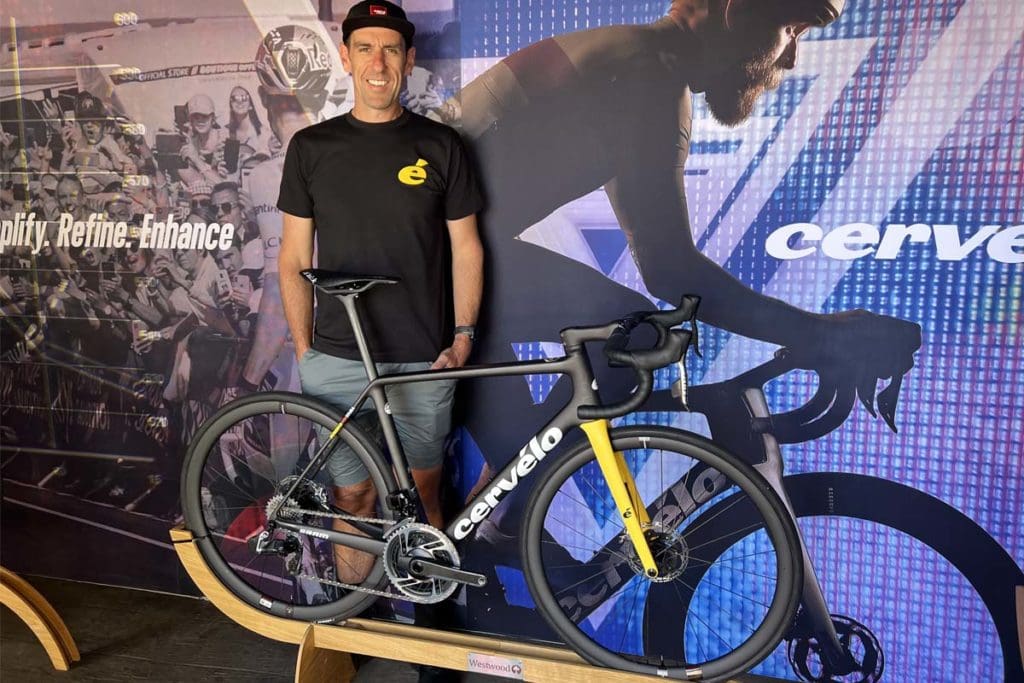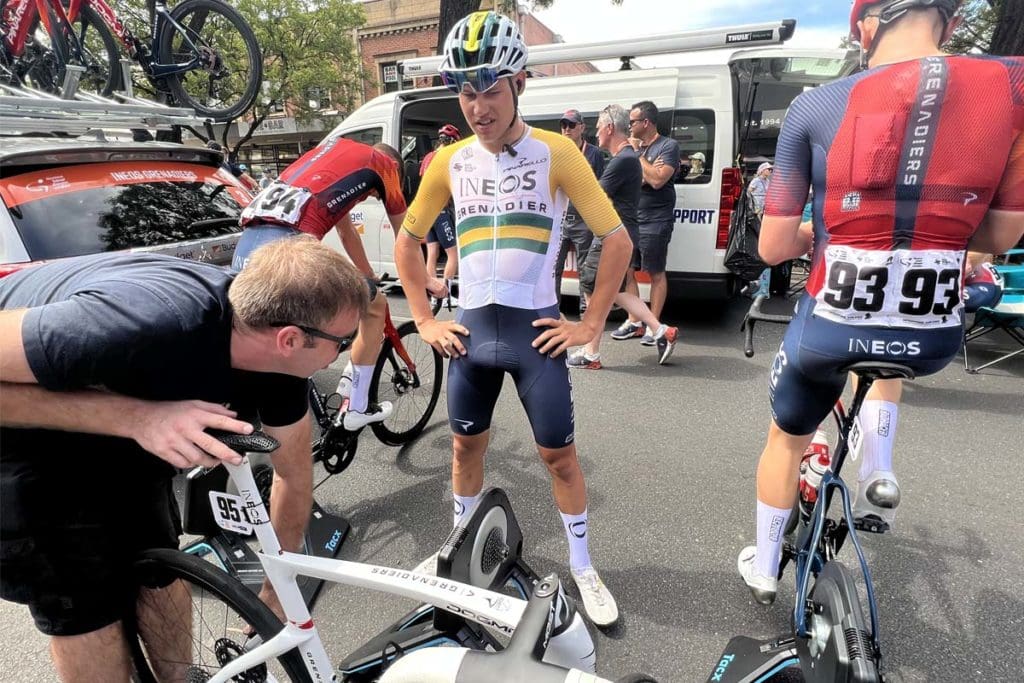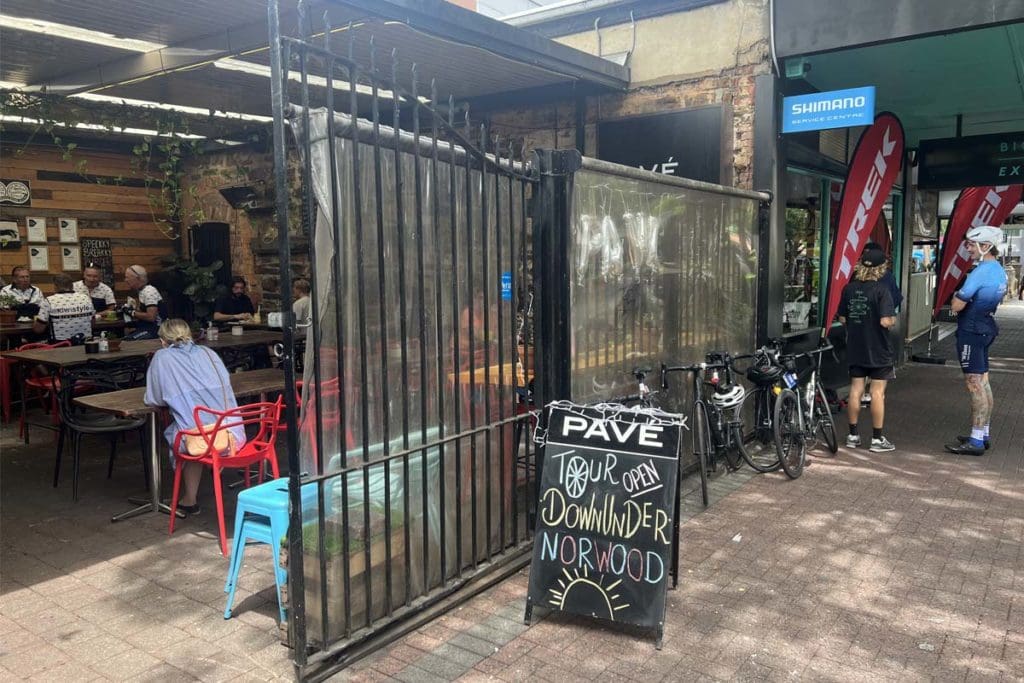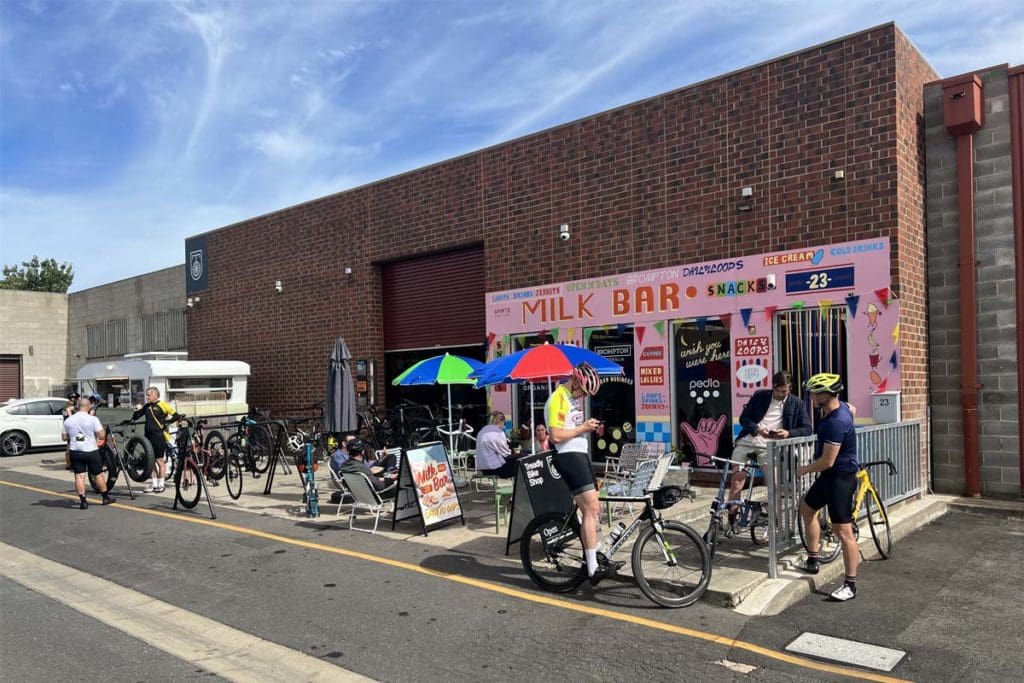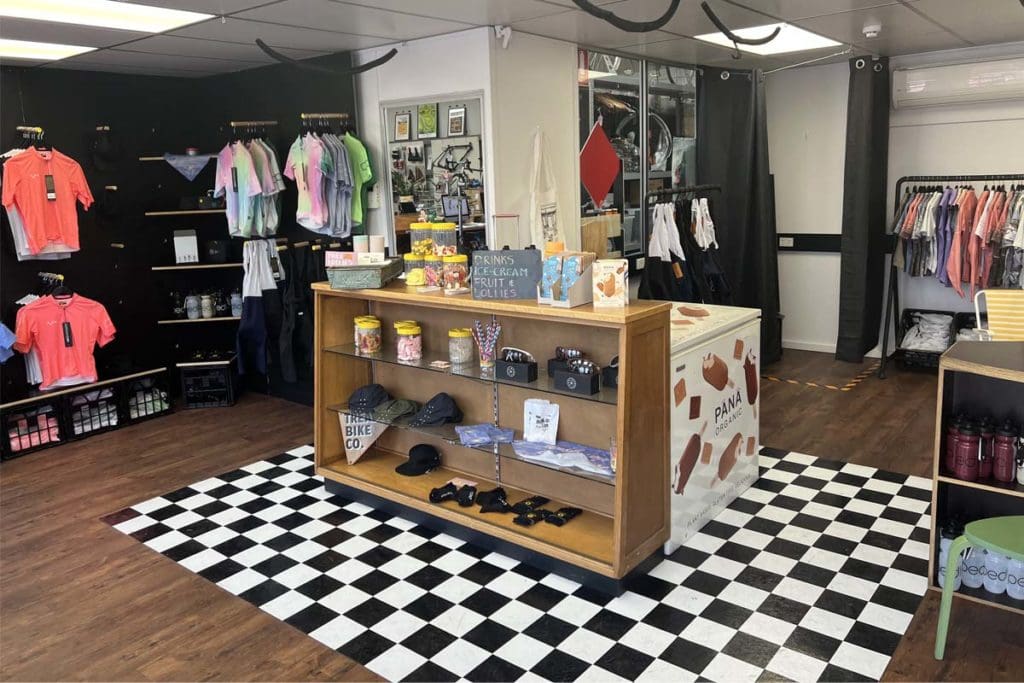Tour Down Under Final Wrap – Great Ideas and Personnel Changes
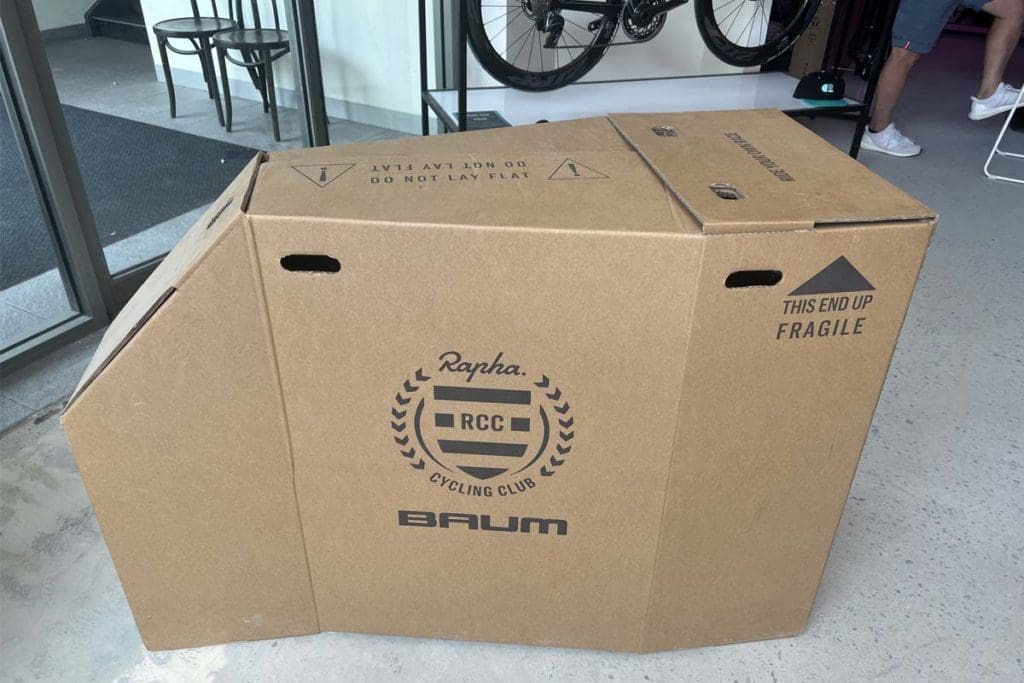
Adelaide, SA
Every bicycle dealer knows they spend many precious wage hours per year on building bikes. Depending upon the price point and level of assembly required, even working with maximum speed and efficiency it might cost 20 to 30 minutes of valuable labour time per bike.
And it doesn’t end there. All of that packaging – single-use foam, plastic, zip ties and of course the bike box itself – costs the dealer time, space and money for their proper disposal. In addition, some of these products are particularly bad for the environment and difficult to recycle.
Baum Cycles might seem an unlikely place to find a new innovation that might also be useful for budget family bikes. Based in the Victorian city of Geelong, Baum is one of the world’s leading builders of high-end, custom-made bikes. Their prices can go all the way up to $30,000.
Baum has recently been building two series of limited-edition bikes through partnerships with Shimano and Rapha. According to founder Darren Baum, 98 of the 100 bikes produced for the Rapha partnership went overseas. Faced with shipping the highly valuable bikes a long way from Geelong, Darren wanted a better solution than traditional bike boxes.
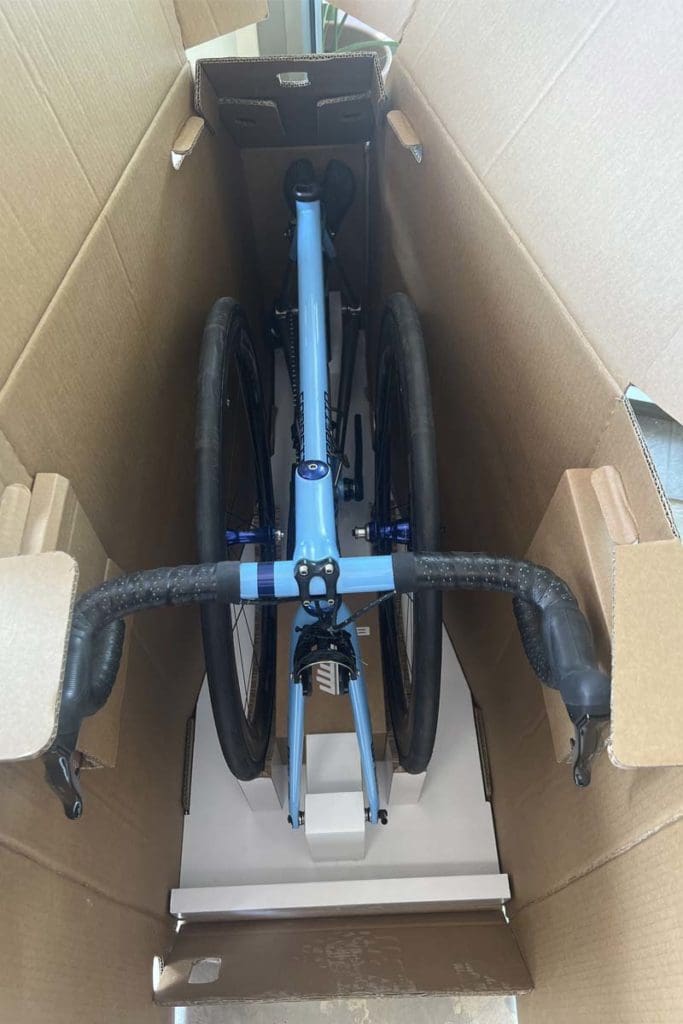
His solution was to design a new bike box from scratch. The final product is a wedge-shaped box that allows the wheels to be stored side by side, with the handlebars acting as a cross brace to protect the box and the wheels from being crushed. You can also see that he designed a custom box base insert to mount the front forks, frame and wheels.
The tapered extension to the box at the rear means the rear derailleur does not have to be removed for shipping. In fact, when the bike arrives at the destination, the seat and seat post need to be inserted, the two wheels attached, tyres inflated and the bike is ready to ride within minutes.
The brakes and gears are fully operational and perfectly adjusted, straight out of the box.
“It’s a much better unboxing experience,” according to Darren, who reported no damage in transit with their new system. “It lets the bike arrive safe.”
Baum is shipping individual bikes via air freight, whereas the vast majority of bikes sold through Australian bike shops are packed into shipping containers and come via sea freight.
But Darren says the cubic volume of his new box is no greater than the volume of traditional bike boxes, which require considerable bike assembly. Looking at his box design makes us wonder if, with slight modifications to make a more uniform, flat-topped, wedge-shaped box, they couldn’t be packed in alternate directions and still stacked in shipping containers to optimise the cubic efficiency which is all important in keeping shipping costs per bike to a minimum, especially on the majority of much lower-priced bikes.
Clearly, this solution would work best for road and gravel bikes with their relatively narrower handlebars. For MTBs, the bars would still need to be removed, otherwise the box would need to be super wide. But it would still save a lot of assembly labour and packaging material.
Would any bike brand reading this like to take up the challenge, revolutionise the traditional bike box and save their dealers thousands of labour hours?
More News from the Tour Down Under
